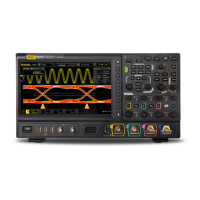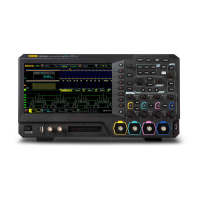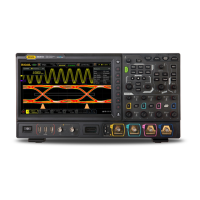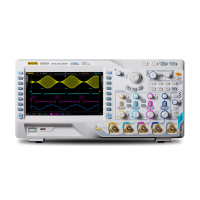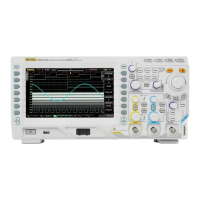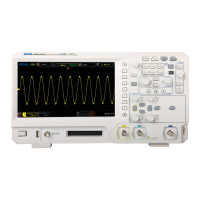RIGOL Chapter 8 Protocol Decoding
8-6 MSO1000Z/DS1000Z User’s Guide
RS232 Decoding (Option)
RS232 serial bus consists of the transmitting data line (TX) and the receiving data
line (RX).
Figure 8-3 RS232 Serial Bus Schematic Diagram
The industry standard of RS232 uses “Negative Logic”, namely high level is logic “0”
and low level is logic “1”.
Figure 8-4 Negative Logic Schematic Diagram
By default, RS232 uses LSB (Least Significant Bit) transmission sequence, namely
the lowest bit of the data is transmitted first. While for MSB (Most Significant Bit),
the highest bit of the data is transmitted first.
Bit0
Bit5
Bit2
Bit3
Bit6
Bit1
Bit7
Bit4
t
Bit7
Bit
2
Bit5
Bit4
Bit1
Bit6
Bit0
Bit3
t
Endian (LSB) Endian (MSB))
In RS232, baud rate is used to represent the transmitting rate (namely bits per
second) of the data. The commonly used baud rates include 2400 bps, 4800 bps,
9600 bps, 19200 bps, 38400 bps, 57600 bps and 115200 bps.
In RS232, you need to set the start bit, data bits, check bit (optional) and stop bit of
each frame of data.
Start Bit
Data Bit
Check Bit
Stop Bit
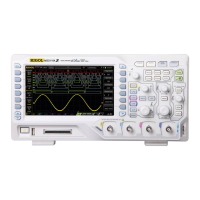
